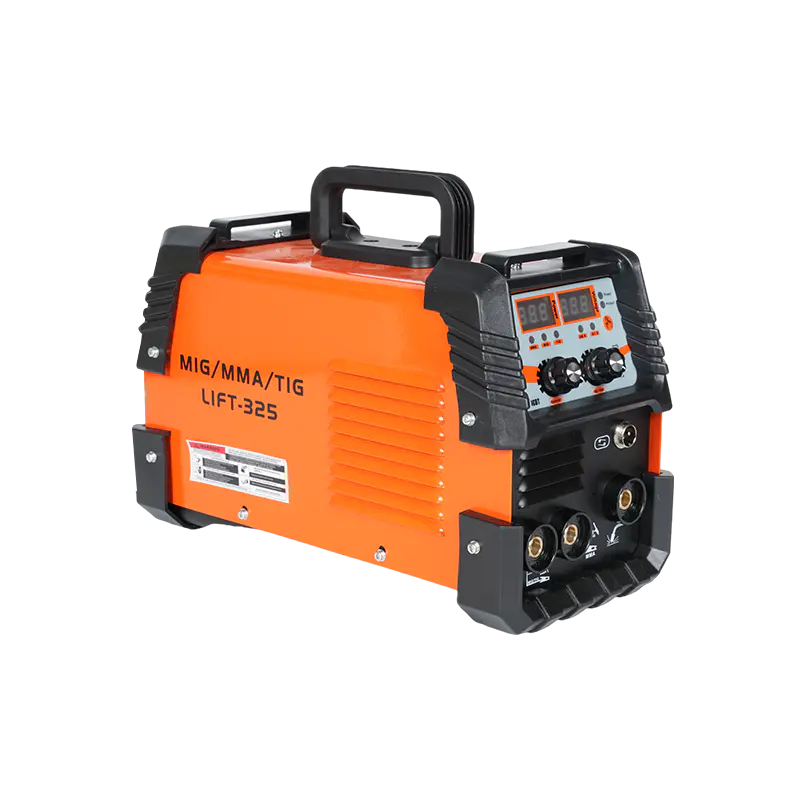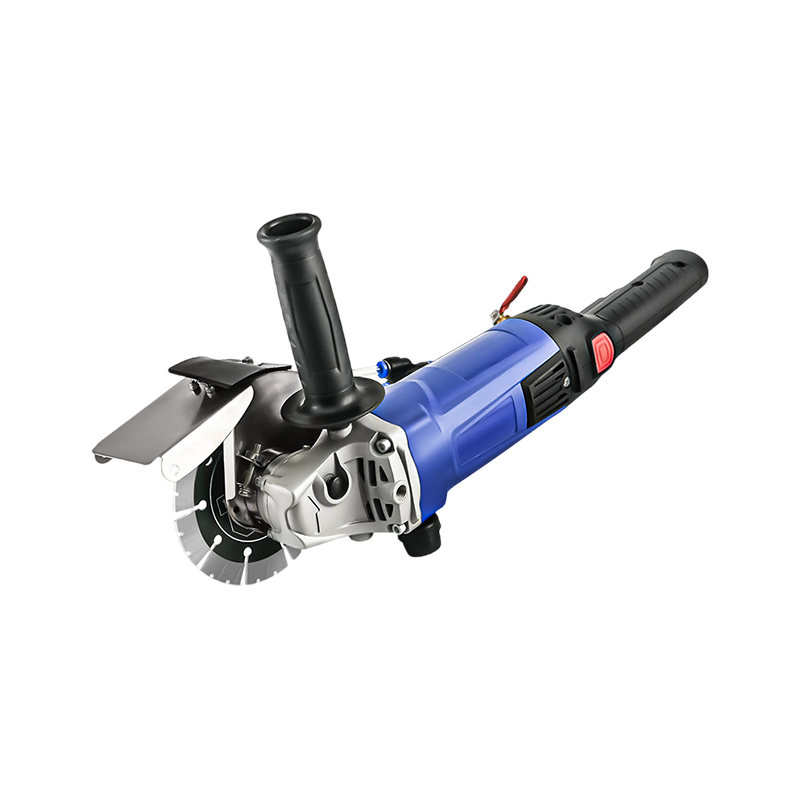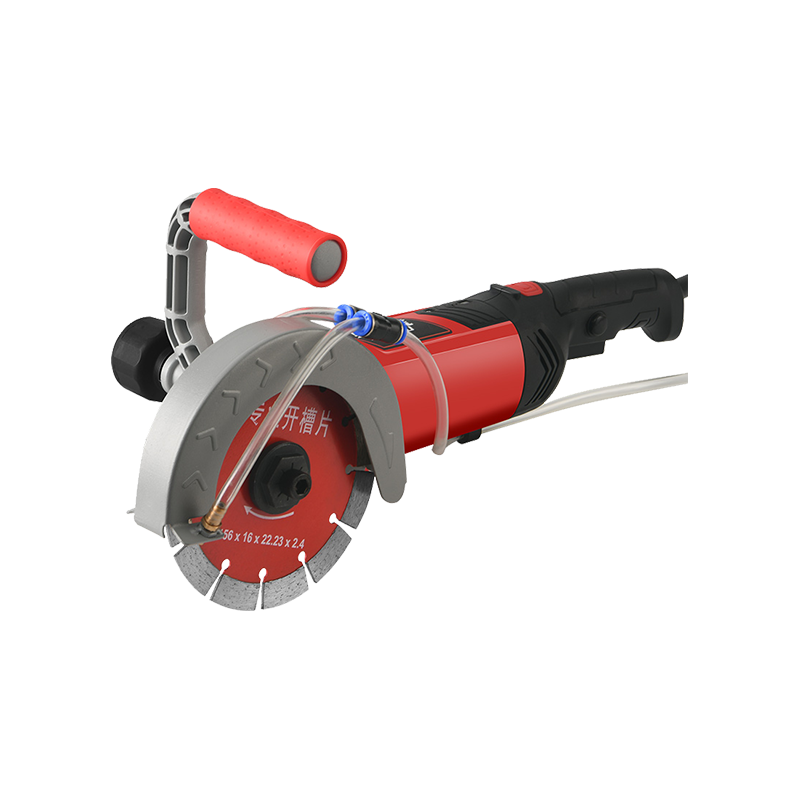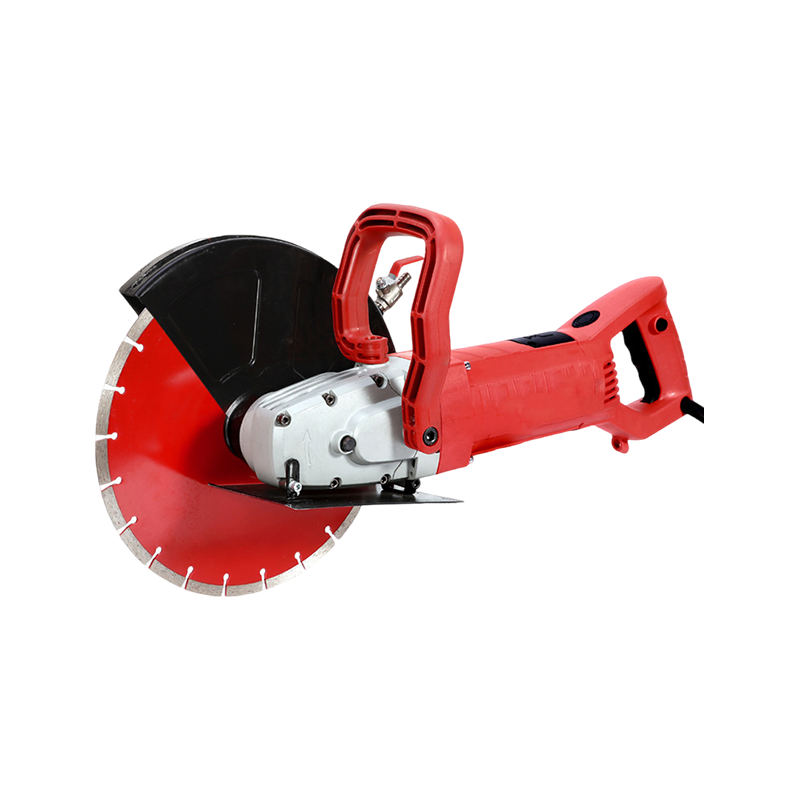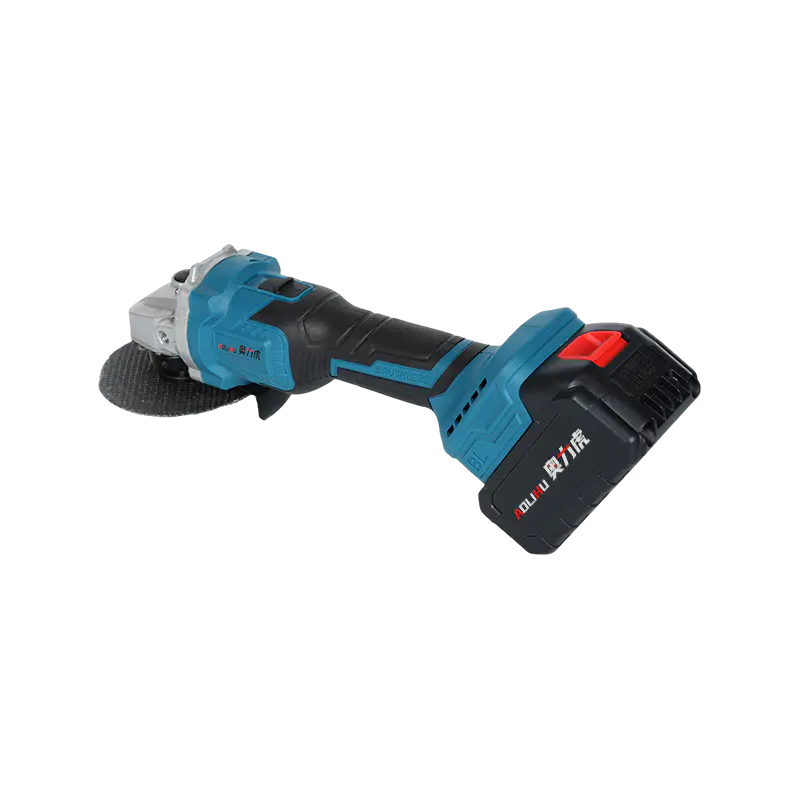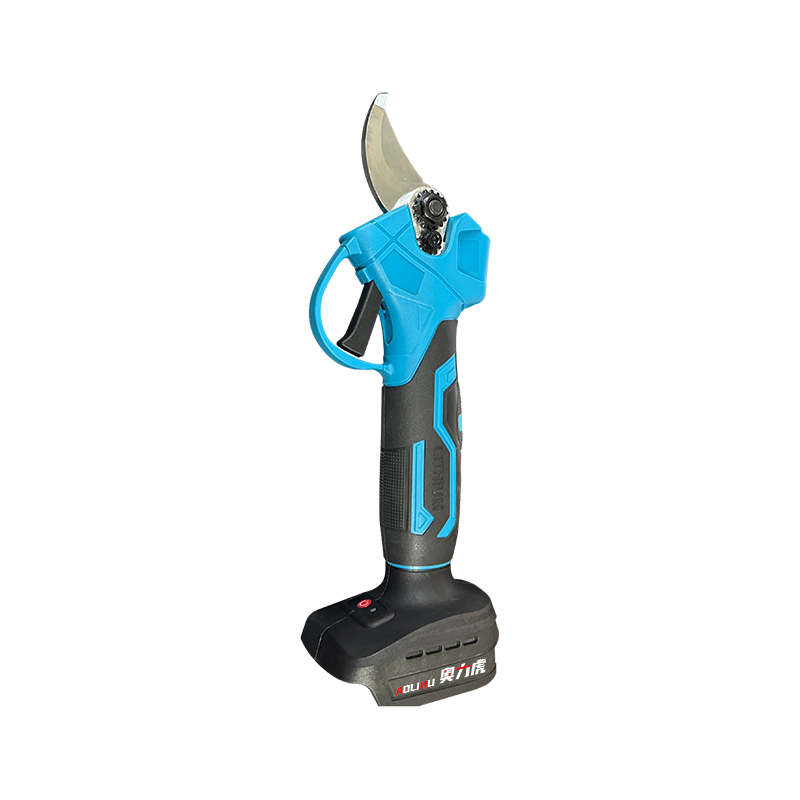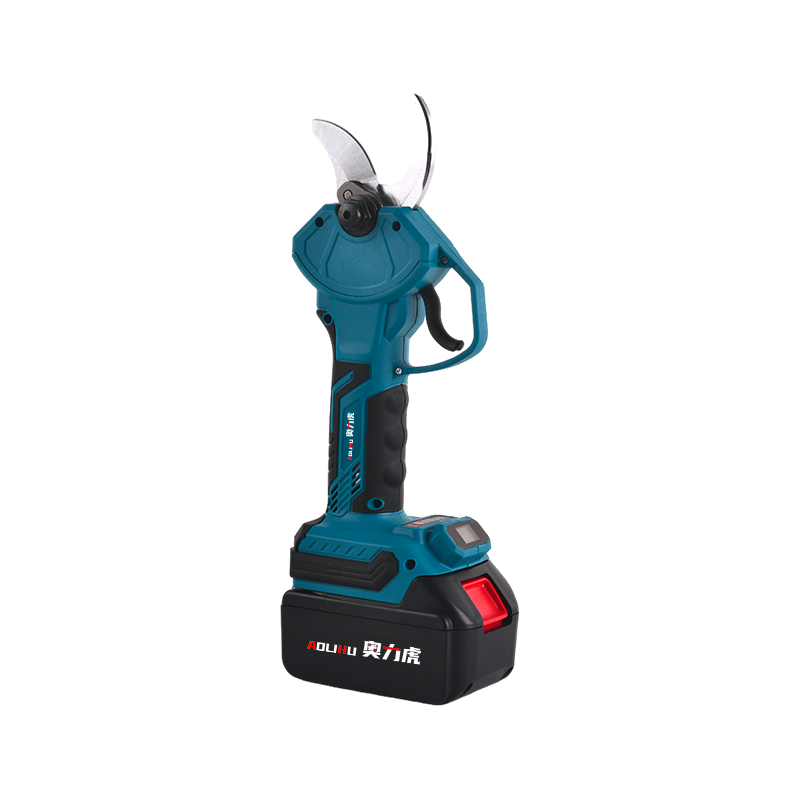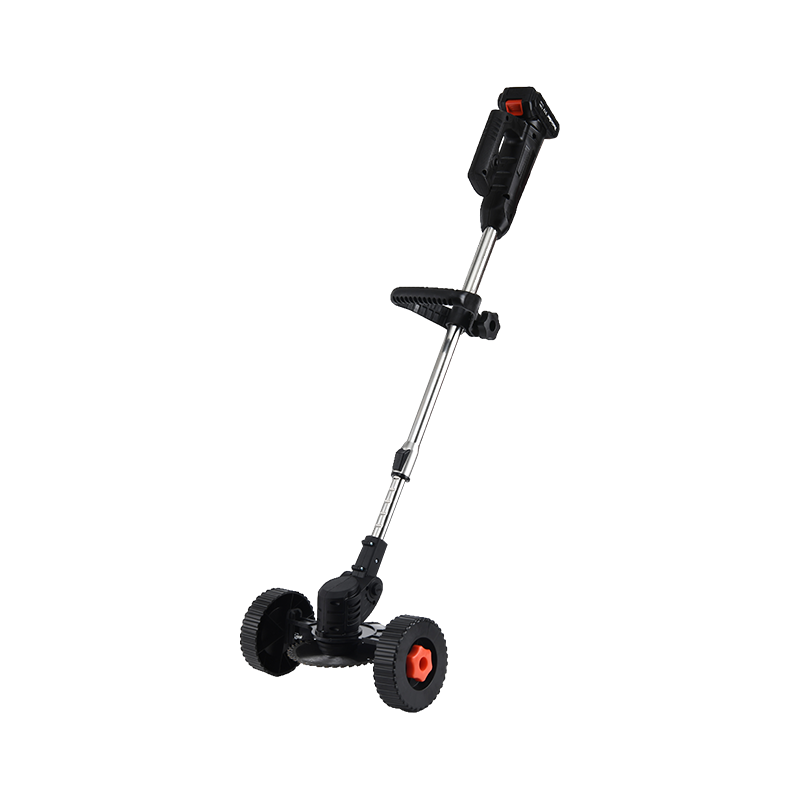The manufacturing and construction sectors are experiencing substantial improvements in operational efficiency and joint quality through the ongoing evolution of Electric Welding Machine technology. These essential tools have become fundamental components in numerous industrial processes, enabling the permanent joining of metallic components through controlled electrical energy application. The continuing innovation in Electric Welding Machine design and functionality represents a significant development in industrial joining technology, providing enhanced capabilities across fabrication, repair, and construction applications.
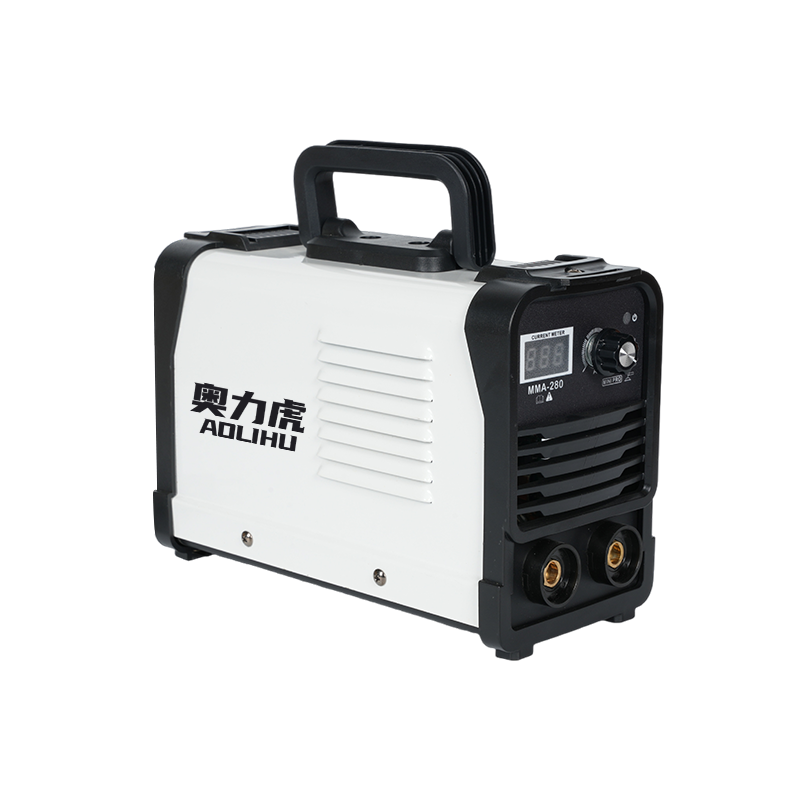
The operational principle of an Electric Welding Machine involves the generation and precise control of electrical current to create intense heat at the junction between metal components. Modern Electric Welding Machine designs typically incorporate advanced power conversion technology, sophisticated cooling systems, and digital control interfaces that allow operators to fine-tune operational parameters. Contemporary Electric Welding Machine units often feature multiple process capabilities, allowing a single machine to perform various welding techniques through mode selection and parameter adjustment. The engineering behind today's Electric Welding Machine focuses on delivering stable arc characteristics and consistent performance across different material types and thicknesses.
The application spectrum for Electric Welding Machine technology spans numerous industrial sectors with particularly important roles in specific fields. Manufacturing facilities utilize Electric Welding Machine equipment for assembly line production, fixture fabrication, and equipment maintenance. Construction companies employ portable Electric Welding Machine units for structural steel erection, pipeline installation, and on-site repairs. Automotive repair shops depend on specialized Electric Welding Machine technology for vehicle frame restoration and component replacement. The versatility of modern Electric Welding Machine designs allows professionals across these sectors to achieve high-quality results with improved efficiency and repeatability.
Technological advancements have substantially enhanced the operational characteristics and user experience of modern Electric Welding Machine equipment. Current-generation Electric Welding Machine models often incorporate inverter technology that provides better electrical efficiency, reduced equipment weight, and improved arc stability compared to traditional designs. Many contemporary Electric Welding Machine units feature digital displays and preset programming that simplify parameter selection for common applications. The integration of safety mechanisms in modern Electric Welding Machine designs includes thermal protection systems, voltage monitoring circuits, and automatic shutdown features that enhance operator protection during extended operation. These innovations have made Electric Welding Machine equipment more accessible to operators with varying skill levels while maintaining professional performance standards.
The design and construction of Electric Welding Machine equipment continue to evolve to address specific industry requirements and operational challenges. Engineering considerations for Electric Welding Machine development include power factor correction, duty cycle optimization, and environmental operating specifications. Modern Electric Welding Machine designs often emphasize portability through compact form factors and integrated carrying systems, particularly for models intended for field service applications. Safety features incorporated into Electric Welding Machine equipment include improved electrical isolation, enhanced ventilation systems, and protective casings that ensure reliable operation in demanding industrial environments.
Future development trajectories for Electric Welding Machine technology focus on enhanced connectivity features and improved energy efficiency. These progressive advancements in Electric Welding Machine technology promise to further strengthen its position as an essential industrial tool, supporting both traditional manufacturing methods and emerging fabrication requirements across global industrial sectors. The continuing refinement of Electric Welding Machine capabilities indicates a sustained commitment to improving joining technology through innovation and practical engineering solutions.

 English
English русский
русский Français
Français Español
Español